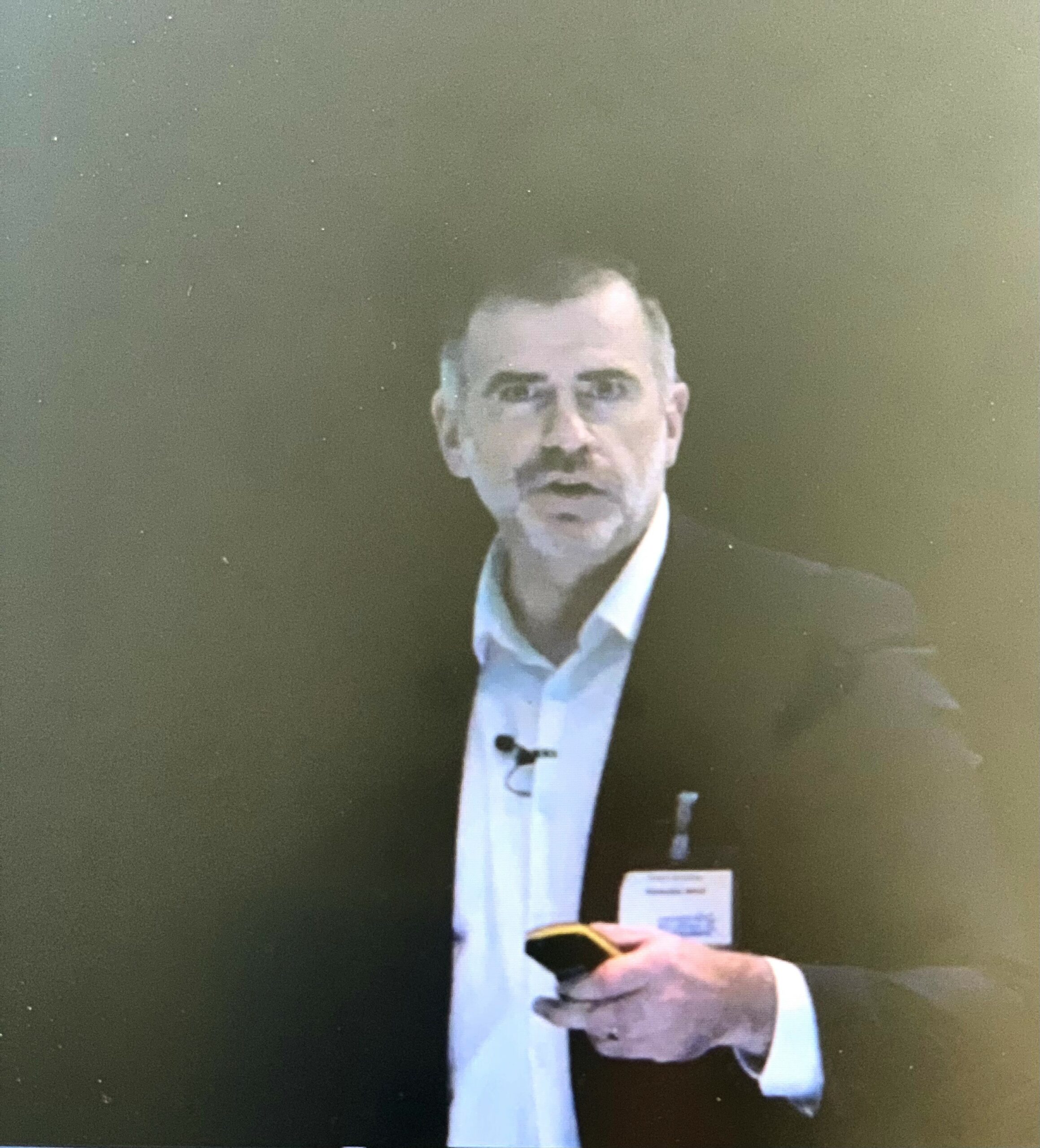In this article, in recognition of Stress Awareness Month, Chartered Coaching Psychologist Aidan Kearney explores how, if we understand the differences between these three concepts, it can help us to identify where we and others might be at any given moment in time.
Pressure, stress, burnout. They’re all pretty much the same, aren’t they? Actually, while there are similarities, they are very different. It’s helpful to think about pressure, stress, and burnout on a continuum.
So, thinking about pressure we can consider the elements that might drive or motivate us to complete a task – perhaps a deadline or some target that we want to hit. Deep seated unconscious motivations such as competence motivation can play into pressure, actually being helpful and priming us for task performance and completion.
Stress can be thought of as the situation where that pressure begins to become less helpful. Perhaps the deadlines are piling up, a sense of control begins to dissipate and rather than helping to motivate us, the pressure tips over into the scenario where it becomes burdensome, overwhelming, uncomfortable.
The human stress reaction is intended to help us in the situation where we encounter threats and danger, to equip us to survive by activation of our fight or flight instinct. Here’s the thing, though… while that might be brilliantly evolved to help us confront and survive mortal peril, it’s not perhaps the best strategy for dealing with a project deadline. Fighting or running away from a deadline probably isn’t going to help that much.
Burnout can be thought of as the wearing out of mental and physical resources, where the activation of our stress responses, our survival system, over an extended period of time results in system fatigue and exhaustion.
Indeed, as Maslach and Leiter (2016) point out, burnout could be thought of as: “… a prolonged response to chronic emotional and interpersonal stressors on the job.”
How can this affect us?
In terms of understanding how each of these elements show up and impact us, it’s helpful to understand who we are. And with that I don’t mean what our name is but rather what makes us tick, what’s important to us.
As alluded to earlier, we have deep seated motivations which move us towards and away from outcomes and behaviours. These ‘drives’ can be very powerful and our desire to fulfil them, whether that is feeling competent at a task, accepted by others, or feeling safe and secure, can be accompanied by anxiety and stress related to the inability to satisfy them.
At a more conscious level, we can also consider the impact of our values, the moral and ethical guiding principles that shape how we want to move through the world, how we want to behave, interact and conduct ourselves. Just like fulfilling our unconscious drives, acting in accordance with our values can help us to feel balanced, settled and at ease with ourselves.
Great, so to manage burnout all we need to do is know ourselves and then fulfil those elements that are important to us.
Ah, hold that thought for a second.
The challenge is that our world doesn’t work like that. No one of us is an island and just as we impact the world around us, so too the world around us impacts us. And this is crucial in understanding the manifestation of burnout.
Consider again who you are, what’s important to you and why you might sign up for a certain job or role. There’s a good chance you want that role to help you be your true self, to live through those aspects that makes you, you.
But imagine then if that capacity was diminished or undermined by the very role you took up, by the stretching of resources, the limiting of impact, the workload becoming overwhelming. The psychological contract that you had entered into, what you thought was going to be the case was very different in reality.
Being who we want to be and fulfilling our motivations and values is a challenge because the world around us doesn’t always support our pathway to this.
And this idea of burnout via ‘moral injury’ was advanced by Kopacz, M.S., Ames, D. and Koenig, H.G., 2019, exploring the gap between what happened and what should have happened, where this ‘gap’ challenges values and norms, giving way to painful emotions such as shame, guilt, self-condemnation, feelings of betrayal, difficulty trusting, and difficulty forgiving. Being who we want to be and fulfilling our motivations and values is a challenge because the world around us doesn’t always support our pathway to this.
So, what can we do?
There are helpful activities we can adopt; relaxation exercises, seeking out support from others, supporting ourselves with good nutrition and rest.
However, without being flippant: You cannot yoga your way out of burnout. The inability, perceived or otherwise, to fulfil core components of who we are cannot simply be magicked away by downward dog.
So, what else can we do?
Well, interestingly tools from evidence based, psychological therapeutic interventions can help. Lorente, L., Vera, M. and Peiró, T., 2021, concluded that activating reframing could support nurse wellbeing and resilience against the backdrop of the pandemic. Reframing, finding and developing different perspectives, perhaps on how, even with challenges, we’re still able to live through some of those important aspects of who we are and want to be can be helpful.
However, I would go further than this and propose that managing and mitigating burnout is not simply down to the individual. Rather the context within which the burnout happens needs to be understood and addressed too.
And that, I submit, places a responsibility on leaders to take action, to address the contributary organisational and system factors feeding into burnout. I would challenge leaders to lean into doing things differently, innovating, collaborating and developing new ways of solving problems, even when that requires them ceding some power, influence, budget or control.
Proper, effective, open, and honest communication channels informed by empathy must be developed and maintained to build trust and help to disarm disengagement and cynicism.
None of this is easy, it takes skillsets, self-management and compassion. But then who ever said that leadership was easy? The impacts of not effectively mitigating burnout through true leadership are plainly obvious, so the imperative for action is, I would submit, equally clear and obvious.


